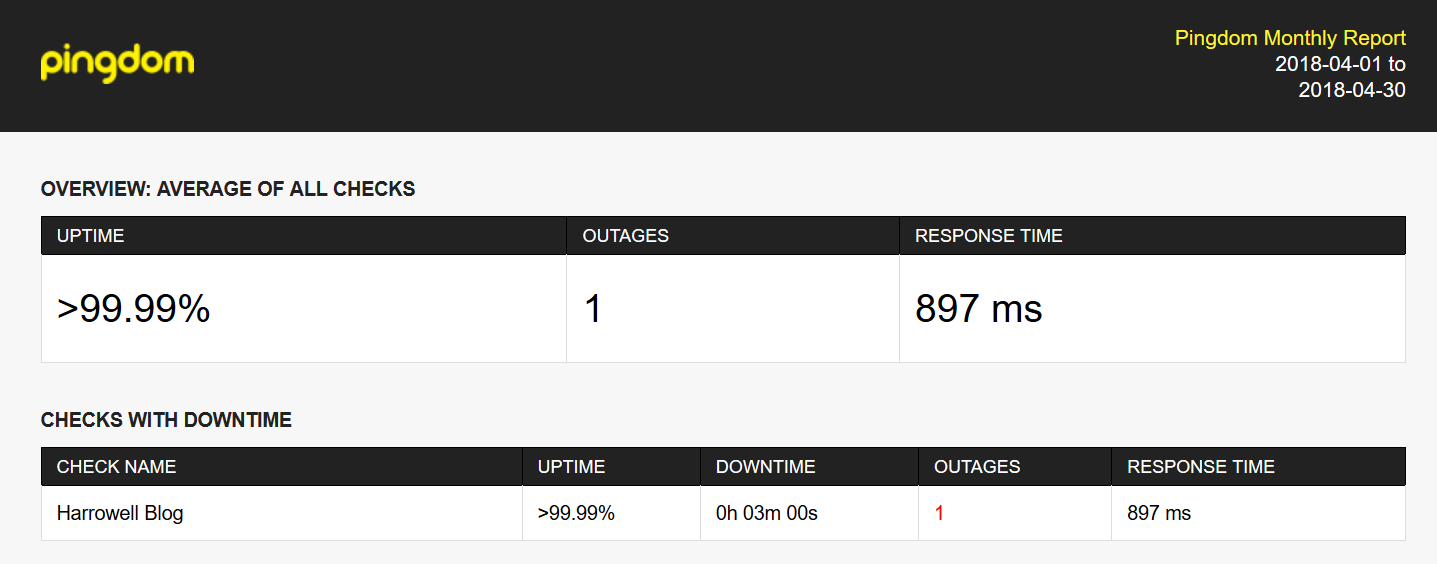I am beginning to worry that the government, and specifically the Home Office, thinks 80% accuracy is nearly 99%. At the same time as the FT was arguing for a national biometric identity database, it also dropped this scoop.
The Home Office seems to have used some sort of voice identification test in an effort to find international students who got someone else to take their mandatory English exam. And this went about as well as you might have expected if you read this blog. The test, apparently, achieves “80% accuracy” on a good day. As a result, literally thousands of students have been removed from the UK illegally.
80% sounds good. But it’s worth working through the maths here.
The other day I was talking to a developer of warehouse management software. They say their customers usually still have a paper process or perhaps something ad-hoc in a spreadsheet, and achieve about 75% picking accuracy. That is to say, one in every four items they need to fetch from the warehouse is wrong, is not where it should be, or is out of stock. They aim to get this up to 99%, one in a hundred.
Going from 75 to 99 sounds like it’s not far! If you get 75 out of a hundred on an exam you’ll be pretty pleased with yourself. But the difference in terms of the error rate is 25 in 100 versus 1 in 100. A 99% accurate process is 25 times better than a 75% one. 80% is just not very good in terms of anything genuinely consequential.
(This logic is playing out at Tesla Motors right now where they are busy hiring craftsmen to fix the excessive numbers of bad cars coming off the line, like GM in the 1970s. Those photos of Art Deco skyscrapers falling apart in Detroit? That’s what a lack of basic process control looks like.)
Tesla is looking for a Car Enthusiast to work 12 hours shifts repairing vehicles that have just come off the line at Fremont. https://t.co/ZgioDX3Npg pic.twitter.com/ojp4Fbd129
— Bozi Tatarevic (@hoonable) May 1, 2018
The other problem is the base rate. If 10 students in 100 are fraudulent, we would expect this process to find 8 of them and miss 2. Unfortunately, it would also condemn 20 per cent of the other 90 students for 18 false positives. So the pool of suspects would contain 8 true positives and 18 false positives, making it a hair under 70% innocent. Because we missed two of the frauds, the pool of the cleared is 3% guilty and in total roughly a third of the decisions in this example are wrong.
If the base rate was even lower this would be radically worse. I wouldn’t be surprised if May’s Home Office expected 90% of international students to be fraudulent or even all of them, so there you go. It definitely did seem weirdly obsessed with insisting that they must be counted as net immigrants. And then there’s South Wales Police and their face recognition system.
During the UEFA Champions League Final week in Wales last June, when the facial recognition cameras were used for the first time, there were 2,470 alerts of possible matches from the automated system. Of these 2,297 turned out to be false positives and 173 were correctly identified – 92 per cent of matches were incorrect
For a lower division Rugby Union team, they’re a great police force. Apparently it worked better at a Liam Gallagher gig but maybe the base rate of suspects in the population there was just really, really high? In any case, what Yonatan Zunger said. And I speak as the owner of a blog with over four nines of uptime!

At this rate of “progress” it cannot be too long before the UK Establishment have ejected from the Country or incarcerated 5 9’s of the populace on the grounds of being illegal occupants on “their” land, undesirable elements, extremists who questions official lies or Government defined “terrorists.
If Establishment’s did malevolence the UK would probably be the most malevolent place in the world.